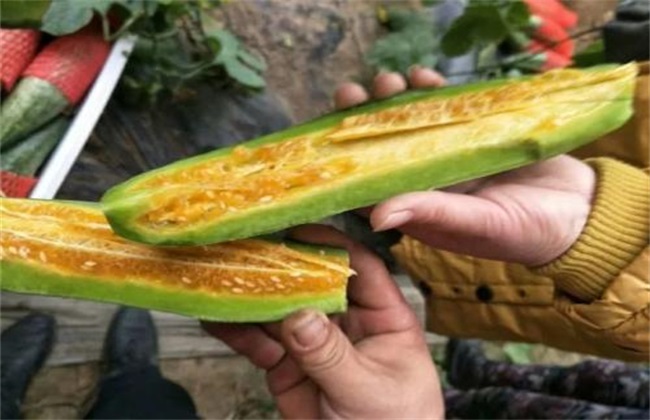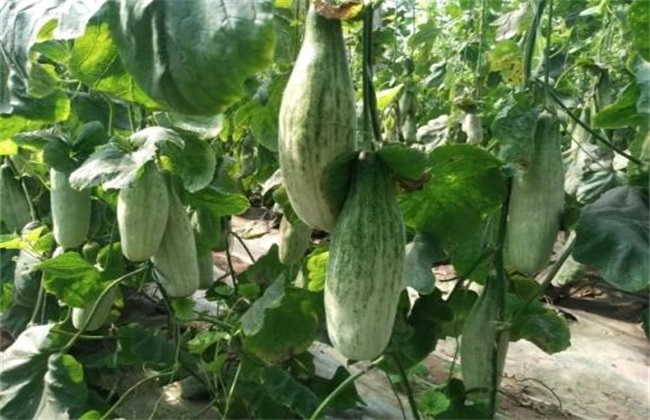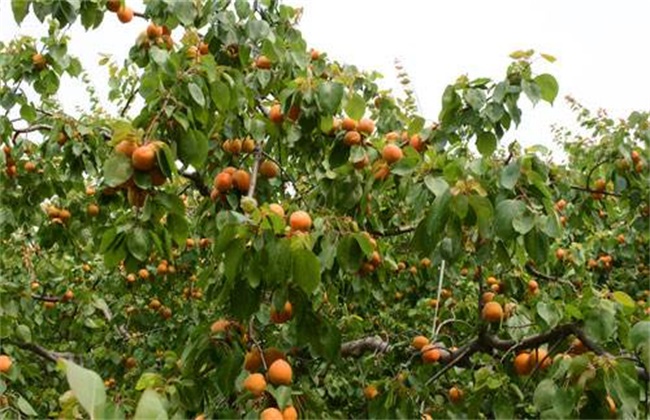Cultivation techniques of Sheep Horn Honey
Sheep horn honey, also known as sheep horn crisp, is a medium-ripe variety of muskmelon. The growth ability of sheep horn honey is very strong, and the amount of flowers and fruits is also very large. And the nutritional value of sheep horn honey is very high, which is rich in protein, vitamins and various trace elements. As soon as it is on the market, it has been welcomed by many people, so how to cultivate sheep horn honey? The following editor brings you the cultivation techniques of sheep horn honey, let's have a look!

1. Site selection and seed selection
Before planting sheep horn honey, you need to choose the planting soil first. The choice of soil is very important for the growth of sheep horn honey. Sheep horn honey should be planted on thick, loose, fertile and permeable soil as far as possible, and then prepare the soil properly and apply sufficient base fertilizer to improve soil fertility. Then the variety should be selected, and the variety should be selected from the regular area to ensure the seed germination rate and fruit quality. The unsweetness of horn honey planted by many fruit growers is largely due to the improper selection of varieties.
2. Methods of reproduction
The breeding method of sheep horn honey is generally based on grafting, which is generally carried out in January every year, and can be put on the market after about 4 months. Grafting propagation should first sow seedlings in November, first put the seeds in warm water to promote germination, and then sow and cultivate scions at the right time. Because the seedling growth of sheep horn honey is relatively weak, so in order to ensure that the thickness of scion and rootstock is the same. According to the environmental factors such as the temperature of the nursery room, the sowing time of scion should be about 2-3 weeks earlier than that of rootstock. Grafting is mainly used to control the angle of the incision, which should not be too small or too large, otherwise it will reduce the survival rate of grafting. Do a good job of management after grafting, and it can be planted in about a month.
3. Timely planting
Before planting, it is necessary to do a good job in soil preparation, ridging, border preparation and planting, and control the planting density. When the soil temperature is stable above 14 degrees, it can be planted and the distance between plants can be controlled at about 40 centimeters. Irrigate enough water after planting, do a good job of ploughing and weeding after entering the slow seedling stage, and then cover the plastic film to make high beds. If the soil water content is sufficient, there is no need to water, but when the seedlings grow to about 10cm, they can be watered. Watering should not be carried out in cloudy and rainy days, but can be combined with topdressing to meet the water and nutrition needs of sheep horn honey.
4. Field management
After the sheep horn honey is planted and survived, it is necessary to control the temperature and humidity to prevent the discomfort of temperature and humidity from affecting the growth of sheep horn honey. Then it is necessary to provide sufficient nutrition for the growth of sheep horn honey according to the growth of plants and soil conditions. Because sheep's horn honey is a kind of trailing fruit, it is also necessary to do a good job of pruning to improve the permeability of the field, prevent branches from growing and reduce the amount of flowers and fruits. Finally, we should do a good job in the prevention and control of diseases and insect pests. Improper prevention and control of diseases and insect pests will seriously affect the fruit rate of sheep horn honey and reduce the planting efficiency.
The above is a brief introduction to the cultivation techniques of sheep horn honey. The cultivation of Yangjiao honey is different from that of other melon varieties, so we must pay more attention to it. That's all for today's introduction. This article is for reference only. I hope it can help you all.
Related
- Moge, come on! The staff of the peasant association in the producing area of cantaloupe were frightened when the crowd gathered.
- Causes and Solutions of low Fruit setting rate of Apple
- Symptoms and control measures of passion fruit virus disease
- Fruit growing lesson: how do apple orchards keep high yields?
- Can you build orchards in the mountains? What are the pros and cons?
- How to manage the coloring period of Crisson grape?
- This paper introduces the processing technology of two kinds of fig products.
- How much is a month for retired teachers in rural areas by 2020?
- How can strawberry planting increase sugar content? We should pay attention to management in many aspects.
- What are the cultivation techniques on how to improve the yield of golden fruit?



